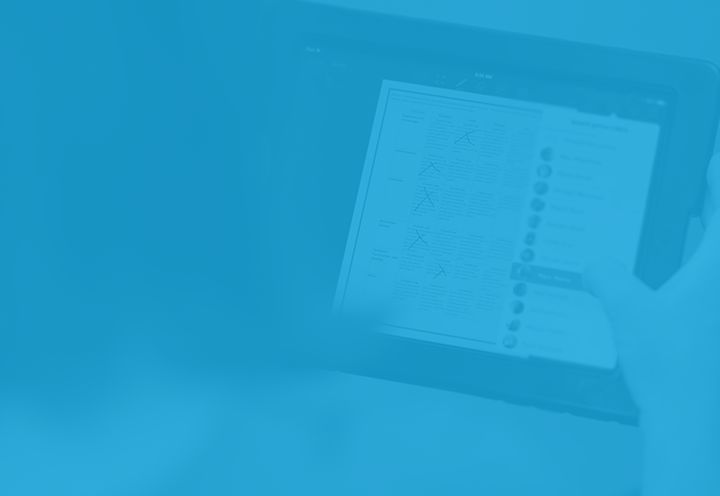Good teachers know what valuable feedback looks like. It’s personalized, descriptive, and encouraging. It gives direction. It’s ongoing, composed of a series of communications with students rather than comprising singular results from unit exams or annual tests. Valuable feedback is given in a timely fashion, whether this means delaying responses to give students enough space to work through difficult concepts, or providing feedback immediately when they are learning specific skills and completing discrete tasks.
Effective feedback uncovers underlying issues for students. Do they understand the content? Are they rushing and making careless mistakes? Are they engaged in the material? Have they made faulty interpretations that they need to re-explore? Descriptive feedback clarifies all this, showing students what they don’t know yet. But teachers also give feedback that acknowledges the many contributions and achievements that aren’t revealed in a summative score. Numbers don’t tell the whole story, and detailed feedback fills in the gaps.
Moreover, education research shows that there is an important link between monitoring progress and improving instruction. Continual assessment, using lots of little probes into student work, gives teachers the ability to respond quickly and iteratively to individual students and to the class as a whole. In addition, regular self-assessment is a great way for students to track and take responsibility for their own academic growth. This multi-directional feedback pattern generates a nuanced and personalized picture of each child.
Ideally, teachers provide diverse forms of feedback — scores, written comments, verbal responses, summaries — and combine them all in order to generate a comprehensive, year-long narrative of each student’s progress and achievement. Of course, this type of authentic assessment of student work comes at a cost. In his article on curriculum-based measurement, Stanley Deno points out that frequent assessment requires teachers to “have the time and skills to respond to the charted progress of individual students” (Deno, 2003). And as teachers know, class sizes are not getting any smaller. Moreover, with the myriad options for delivering feedback comes the problem of collation and organization: how do you remember everything you’ve said to each student and bring it all together into one place for a final evaluation?
Teachers need the resources to work more efficiently if we expect them to generate an ongoing conversation with their students and build a holistic picture of their achievements. Leveraging technology to respond effectively, meaningfully, and in diverse and personalized ways to student work, and then assemble that feedback into a year-long storyline, lies at the core of Showbie’s philosophy.
If you haven’t already explored how Showbie facilitates learning conversations, then there’s no better time than now to check it out.
References
ASCD: Research Matters/How Students Progress: Monitoring Improves Instruction
Setting Objectives and Providing Feedback
Deno, Stanley. “Developments in Curriculum-Based Measurement.” Journal of Special Education 37:3, 2003.
School Improvement in Maryland: “Monitor Student Progress”
Linde, Sharon. “Probing for Student Learning.” Study.com.


